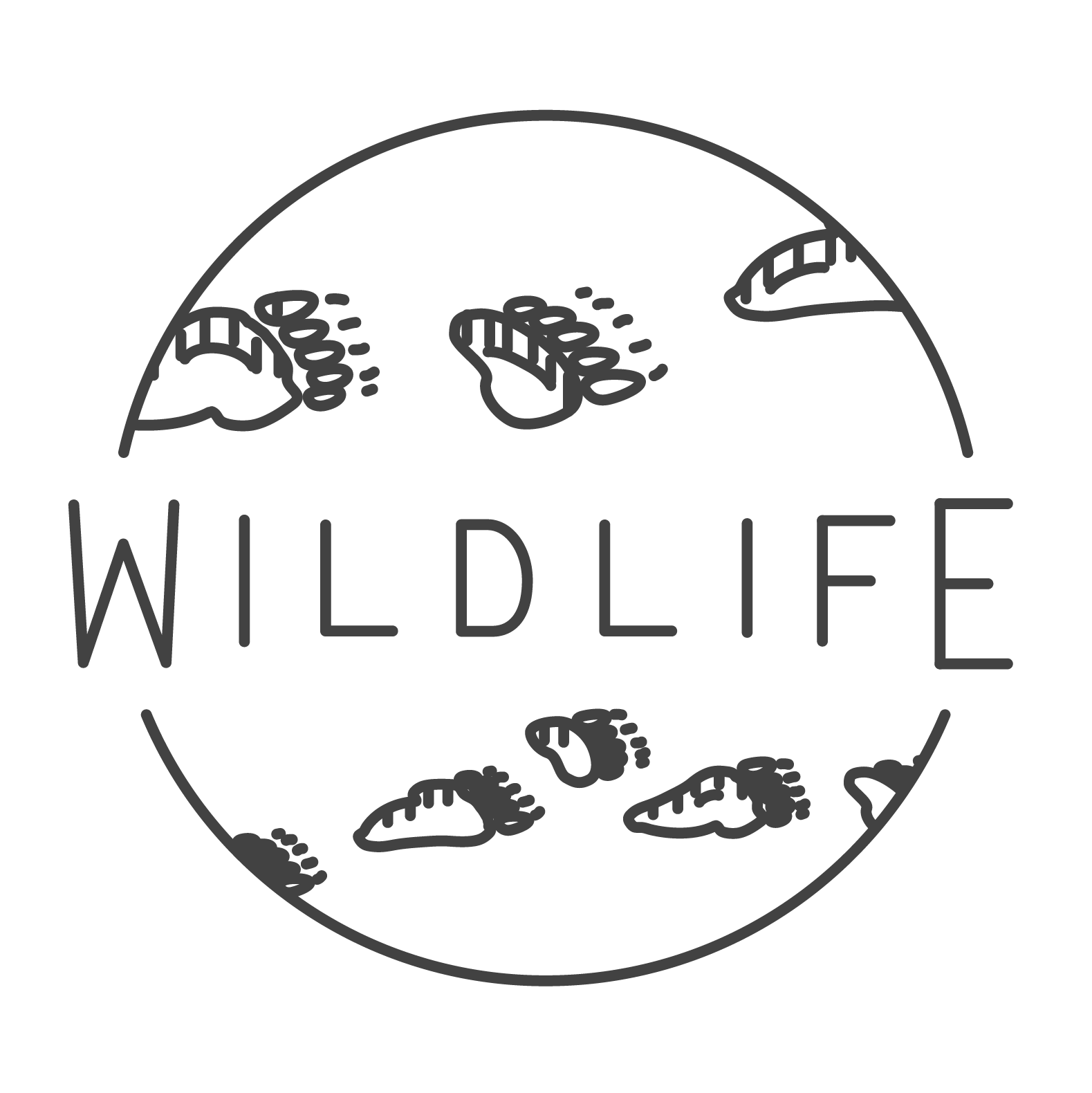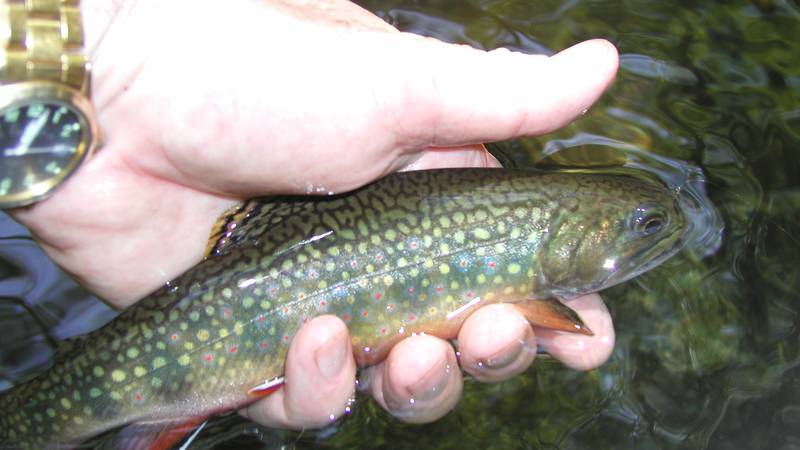Climate Impact
Harm to Wildlife

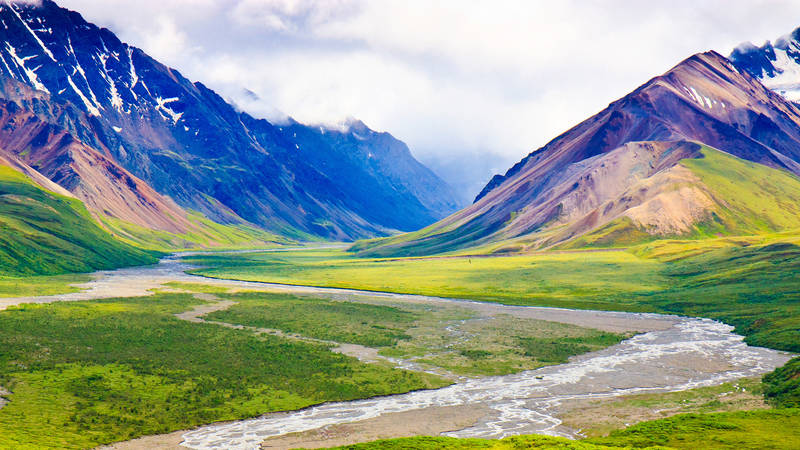
How the Climate Crisis Is Affecting National Parks
Climate change is the greatest threat the national parks have ever faced. Nearly everything we know and love about the parks — their plants and animals, rivers and lakes, glaciers,…
See more ›Grizzly bears once roamed much of the western United States and may have numbered as many as 50,000 two centuries ago. But these animals have been listed as threatened under the Endangered Species Act since 1975 in the Lower 48 and now make their homes in just five regions of the country. These large mammals, which can grow to more than 600 pounds each, require large habitats to roam in. Three national park sites — Glacier, Grand Teton and Yellowstone — have been critical to their survival in the Lower 48. Bears in the Greater Yellowstone Ecosystem have grown from a low of 136 to about 700 today — but climate change could threaten the stability of the population over time.
- Whitebark pine nuts are an important food source for some Yellowstone grizzly bears preparing for hibernation, but warmer winters are allowing pine bark beetles to expand their range within Yellowstone, more rapidly infesting and killing the trees that produce these nuts. Fire suppression and an invasive fungal disease known as white pine blister rust had already harmed this important high-country tree population. Now warmer temperatures have sped up the beetles’ lifecycles, allowing these insects to kill a whitebark pine tree in just one to two seasons. Without an abundant source of these nuts, grizzly bears that depend on the pine nuts are more likely to search for food in broader habitat, creating pressure on the bear population as a whole.
- Grizzly bears supplement their diet with cutthroat trout and other native fish in Yellowstone’s rivers. As climate change warms the waters these fish depend on for habitat and create drier conditions during breeding seasons, cutthroat trout and other native fish populations are declining.
- Warming temperatures are also changing the flowering and fruiting times for many plant species, interfering with bears’ natural feeding cycles.
Birds in U.S. national parks find strong protection from many longstanding and pervasive threats, but remain highly exposed to effects of ongoing climate change. These changes in climate may alter distributions of historically occurring species, creating the potential for local extirpation or new colonization.
Cross-Cutting Impacts

Wildlife & Wild Lands
Access species-specific information as well as an interactive map, quantifying ESA-protected species in our national parks.
See more ›Wildlife species are in danger from warmer, drier conditions, scarcer food sources and habitat loss across the park system. Animals at risk include Shenandoah salamanders, which now live on the tops of just three mountains within Shenandoah National Park, where they cannot climb any higher in search of cooler temperatures. Pikas are sensitive to high temperatures and are losing suitable high-altitude habitat within Rocky Mountain National Park and other Western parks as a result. Only 120 to 230 Florida panthers survive in the wild, these animals have already lost 95% of their historic habitat to human development, and they could lose even more critical habitat at Big Cypress National Preserve to flooding from sea-level rise.
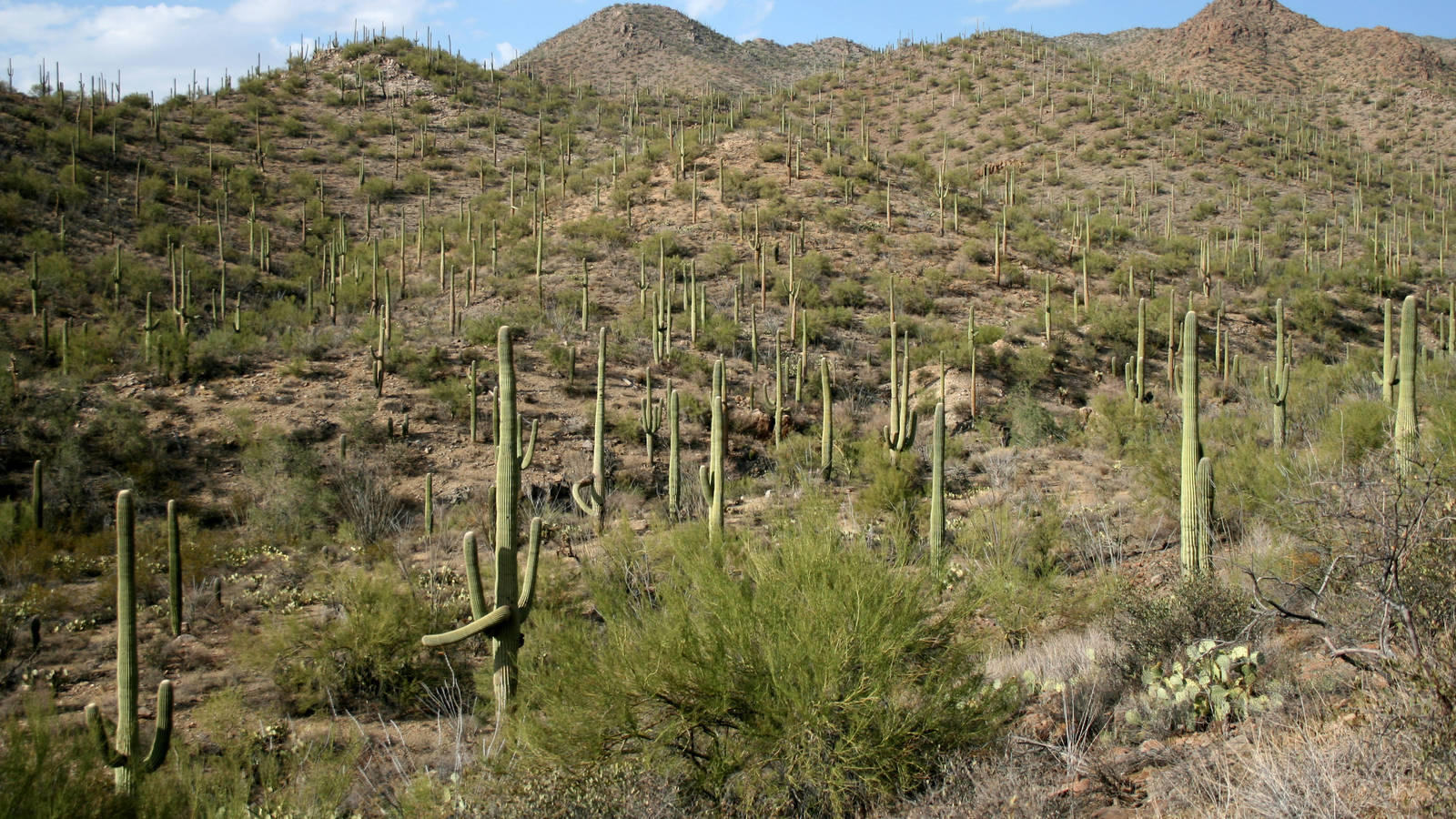
Climate Impact
Drought and Water Availability
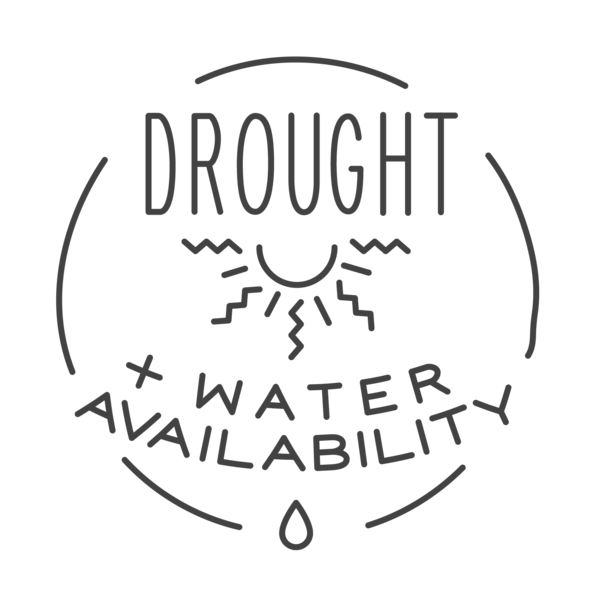
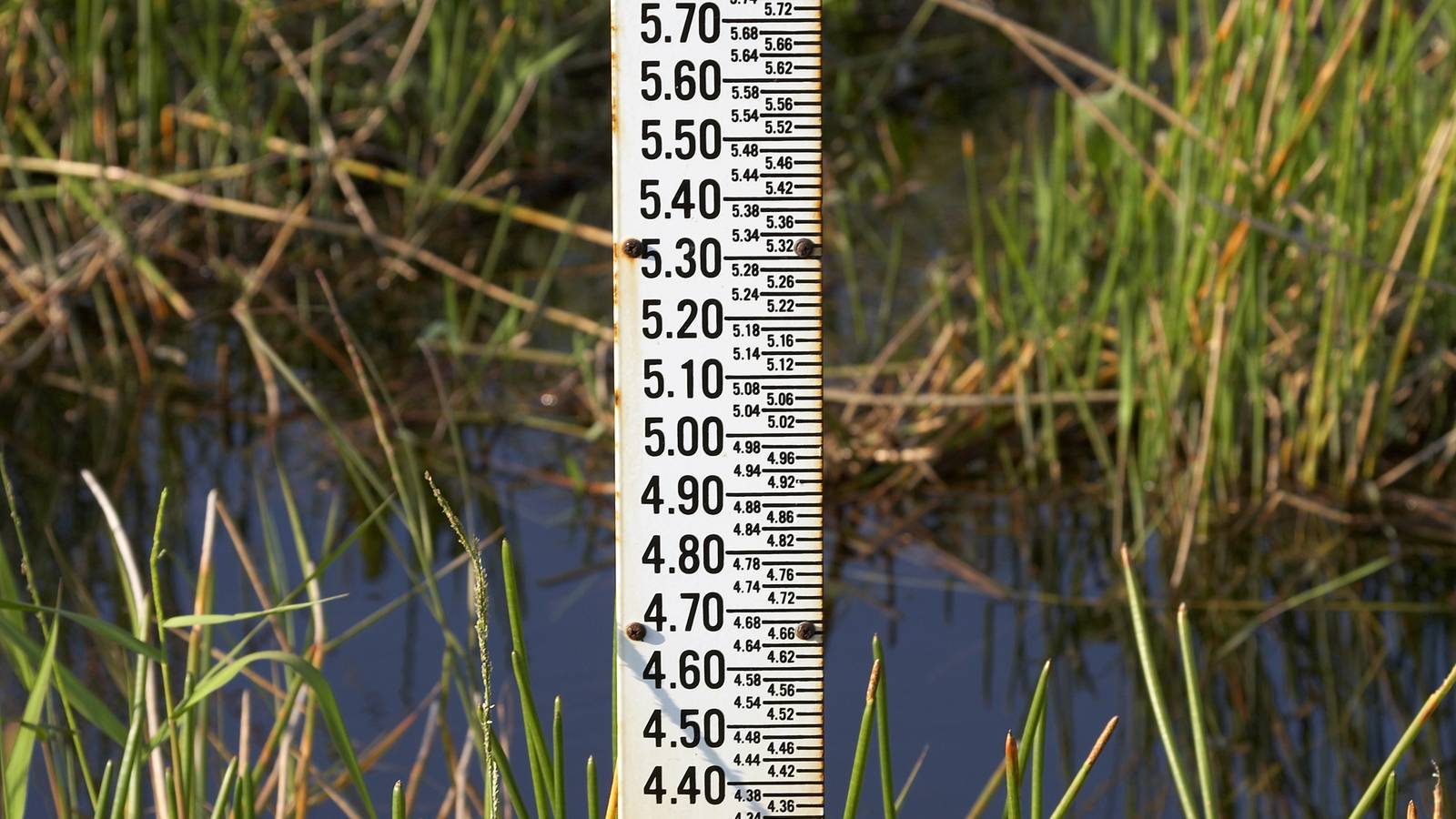
Climate Impact
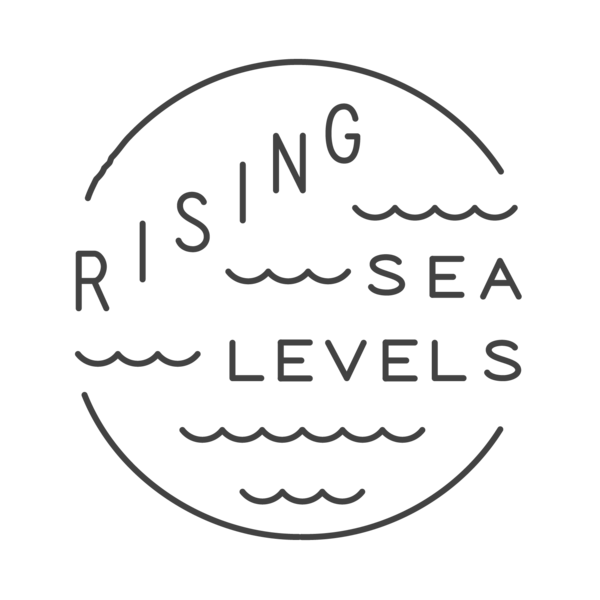
Make a tax-deductible gift today to provide a brighter future for our national parks and the millions of Americans who enjoy them.
Donate Now